Factors Affecting Friction

key notes :
Introduction to Friction:
- Friction is the force that opposes the motion of an object when it comes into contact with another object.
- It is caused by the roughness of the surfaces in contact and the interactions between their molecules.
Factors Affecting Friction:
1.Nature of Surfaces:
- The roughness or smoothness of surfaces affects friction.
- Rough surfaces generate more friction than smooth ones.

2.Force Pushing the Surfaces Together (Normal Force):
- The greater the force pushing two surfaces together, the greater the friction.
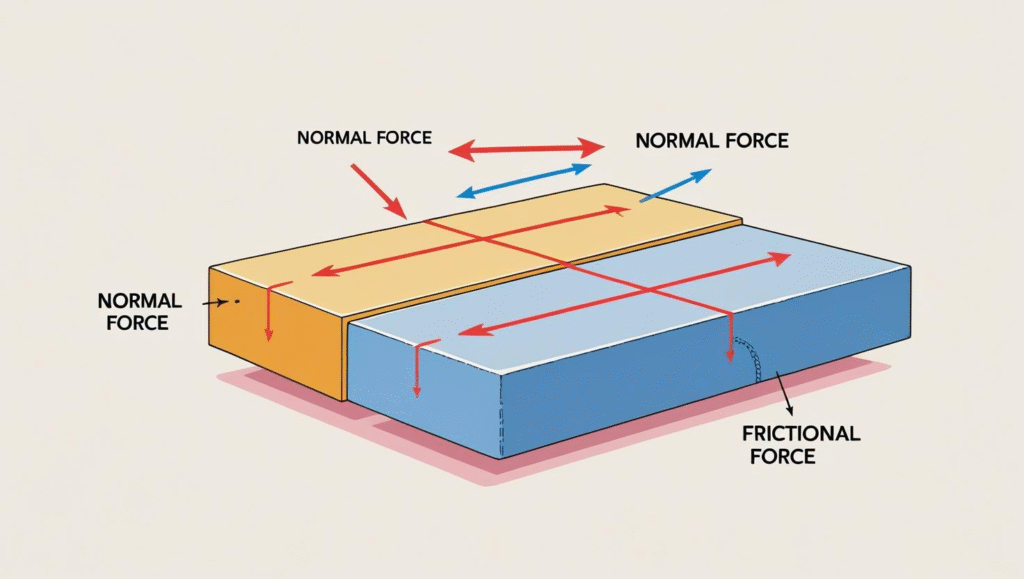
- Friction is directly proportional to the normal force.
3.Type of Friction:
- There are two main types of friction: static friction (when objects are not moving) and kinetic friction (when objects are in motion).
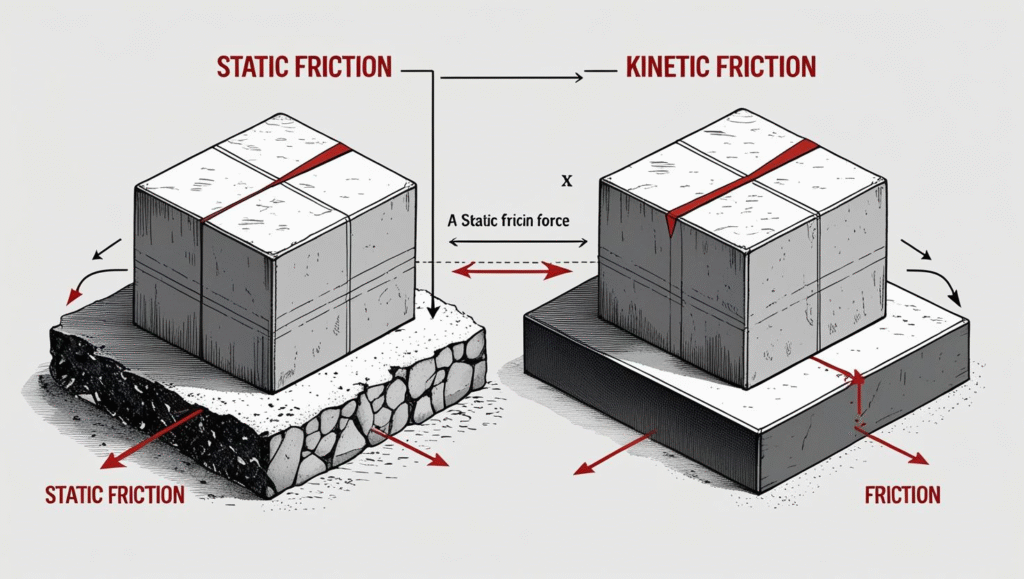
- Kinetic friction is usually greater than static friction for the same surfaces.
4.Surface Area in Contact:
- Increasing the surface area in contact between two objects can increase friction.
- For example, wider tires on a car provide more friction with the road.
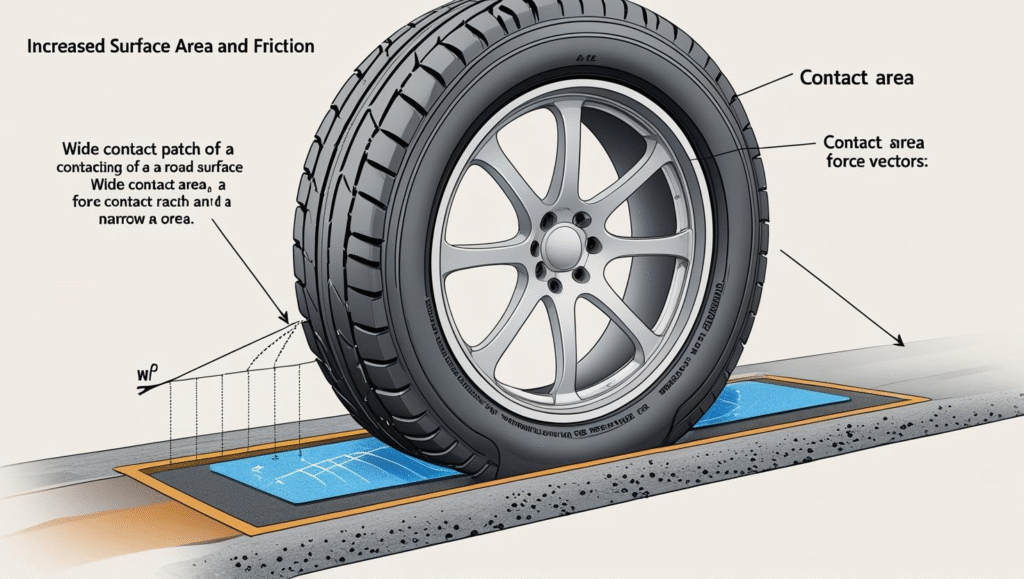
5.Temperature:
- Temperature can affect friction. In some cases, increasing temperature can reduce friction.
- For example, icy surfaces have lower friction compared to dry ones.
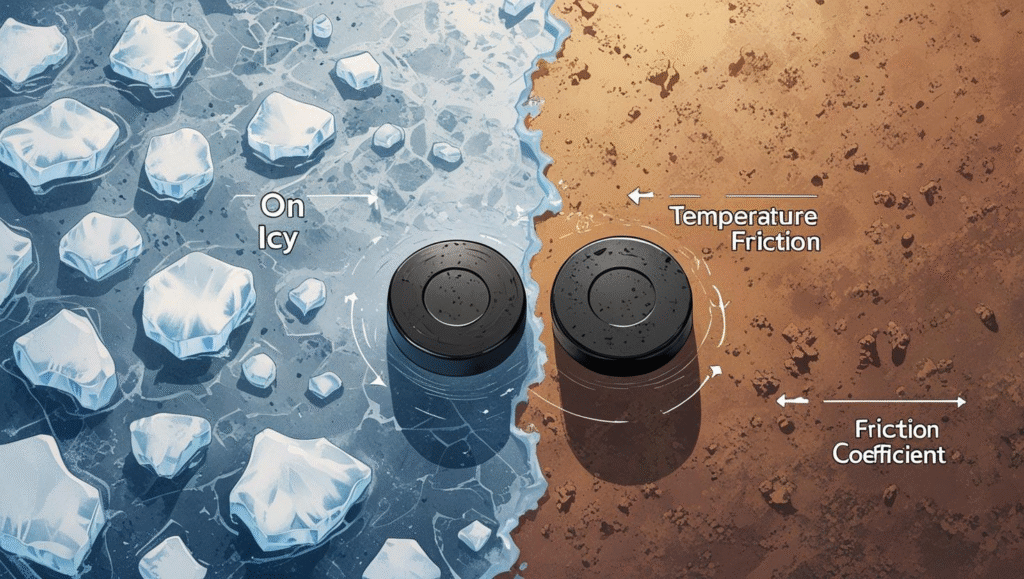
6.Lubrication:
- Adding a lubricant, like oil or grease, can reduce friction by making surfaces smoother.
- Lubricants create a barrier between surfaces, allowing them to slide more easily.

7.Weight of the Object:
- The weight of an object can affect friction.
- Heavier objects may experience more friction due to their increased normal force.
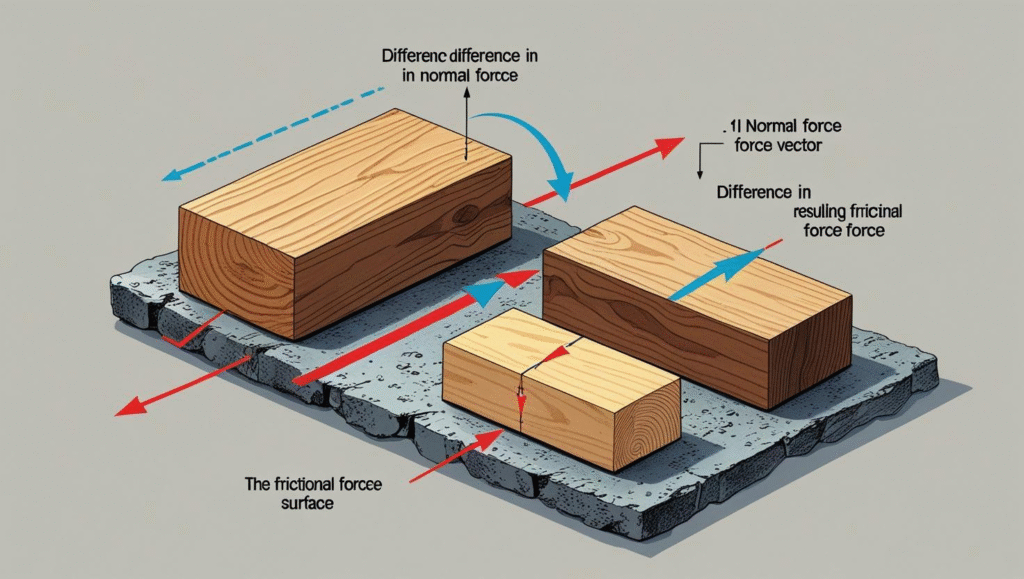
8.Material of the Objects:
The material of the objects in contact also affects friction.
Some materials, like rubber on road surfaces, provide more friction than others.
9.Motion of the Objects:
The relative motion between two objects affects friction.
Friction opposes the direction of motion, so the force required to maintain motion is different from the force required to start it.
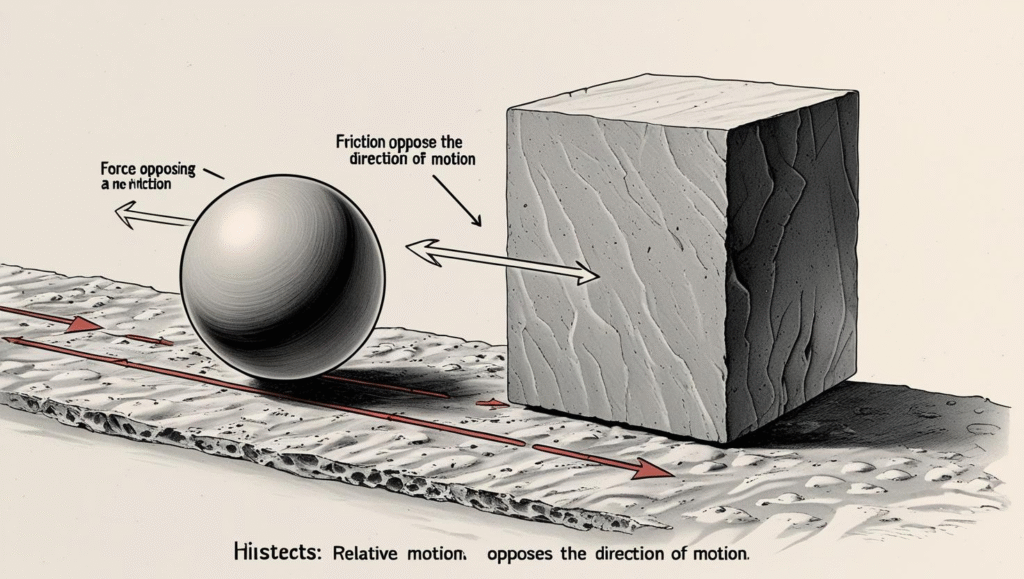
Applications of Friction:
Friction is essential in daily life and has various applications, including:
- Helping vehicles stop by providing brake friction.
- Allowing us to walk without slipping.
- Gripping surfaces for climbing.
- Writing with a pencil on paper.

Conclusion:
Understanding the factors affecting friction is crucial in designing various systems and solving real-world problems. It plays a significant role in the functioning of machines, transportation, and our everyday activities.
Let’s practice!

